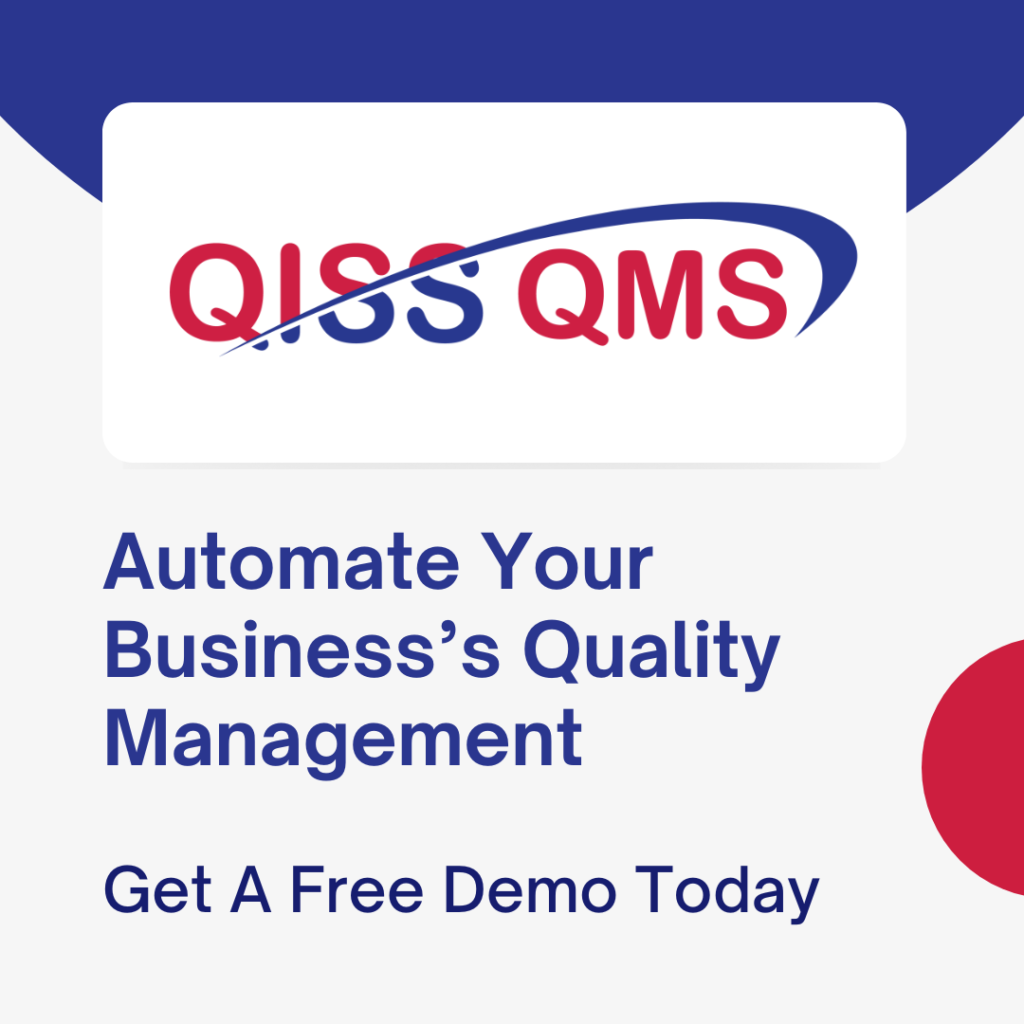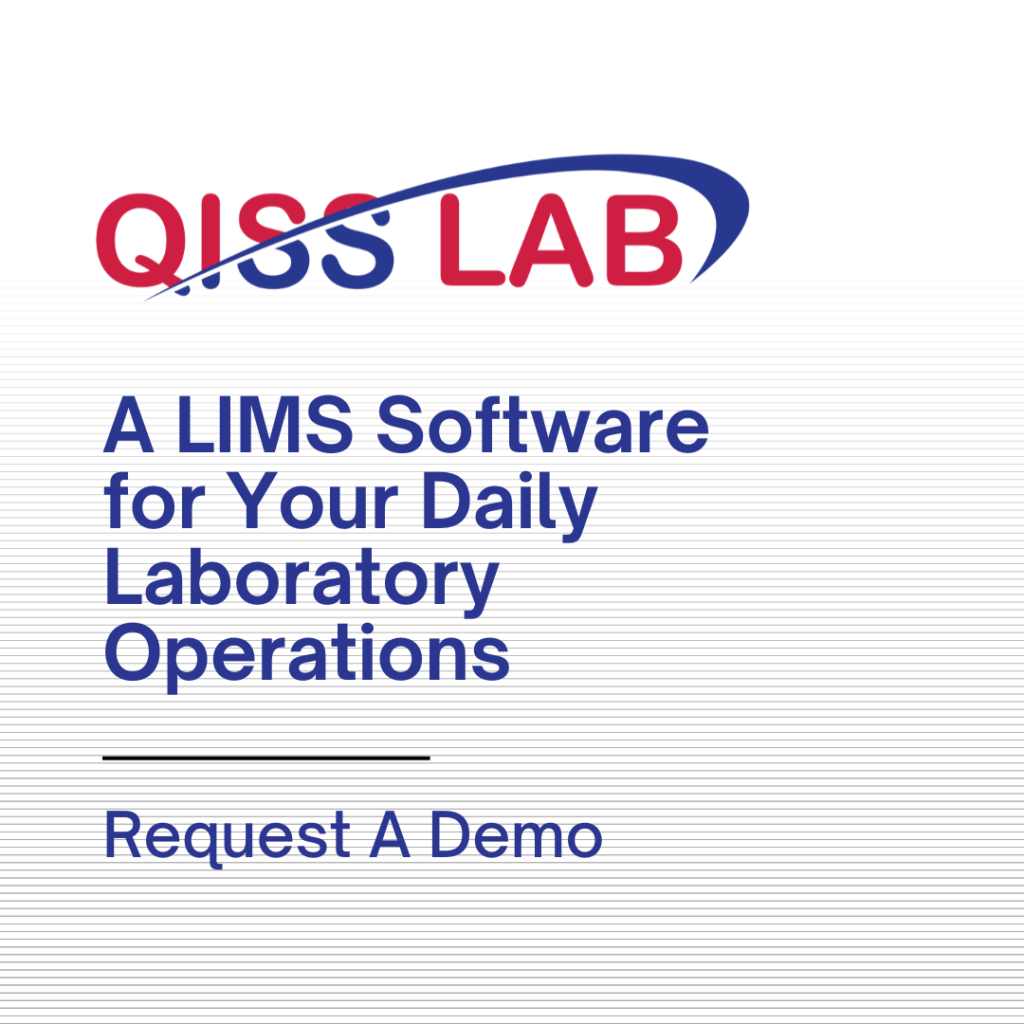100% of businesses are familiar with the term supplier, and manage suppliers is mandatory for each business to run smoothly.
What is Supplier Management?
Supplier Management is the process that ensures the highest value is received for the money that an organization pays to its suppliers. Because these supplies play a part in an organization’s smooth-running, both supplier and organization need to engage correctly and effectively.
Building a proper relationship, managing the requirements, and communicating transparently with suppliers is essential to the organization, which means a complete supplier management policy is required.
Types of Suppliers
There are seven main types of suppliers:
Manufacturers and Vendors:
They are the companies that research, develop and produce the finished product ready for purchase. They are the sources of the supply chain. The Distributors, wholesalers, resellers, and retailers who purchase goods from them benefit from the most competitive prices because no other businesses have added their margin to the goods’ cost yet.
Wholesalers and Distributors:
They are companies that buy in bulk from several manufacturers or vendors. Wholesalers and Distributors warehouse the goods for reselling to smaller local distributors, wholesalers, and retailers. They may also supply larger quantities to organizations/government departments directly. An authentic wholesale supplier will require your VAT or Tax ID number. It differentiates them from discount retailers and resellers who market, particularly online, as wholesalers.
Affiliate Merchants:
A supplier wishes to drive traffic to the website/sales of their product through banner advertisements and links placed everywhere in a network of affiliates. Merchants will generally pay affiliates a commission for every visit to the website or every sales conversion.
Franchisors:
A franchisor is a business proprietor and will allow a license to an individual, enabling them to develop their own business using the franchisor’s trademark, name, know-how, and business systems. It is involves suppliers and often at better pricing than an individual could get themselves.
Importers and exporters:
Importers and exporters will purchase products from manufacturers in one country and export them to a different country distributor. Otherwise, import them from an exporter into their country. A few may travel abroad to buy direct from suppliers in another country.
Independent craftspeople:
These usually are manufacturers of products they have designed or produced on more minor unique scales of economy and will usually sell directly to retailers or the end consumer through agents or trade shows.
Dropshippers:
They are suppliers of products from single/multiple companies that will deliver direct to the buyer. Once they have purchased from your business, it can be cost-effective as it eliminates the need for storage or display of the items for sale.
Each type of supplier can be found operating globally and within all industries.
Types of supplier relationship
Buy the market:
A relationship that’s a straightforward, commonly-found buyer/seller transactional arrangement for named goods or services. Typically, it involves contractual fulfillment only, with little or no interaction beyond communicating the requirement and fulfillment.
Ongoing relationship:
A formally/informally recognized status where one supplier is chosen in preference over others. There tends to be more giving of information and a comparatively strong relationship between both parties.
Partnership:
A longer-term agreement than the above, partnerships are defined by their improved trust and widespread sharing of information and business goals, particularly compared to ongoing relationships.
Strategic alliance:
In a long-term relationship in which both parties have agreed to work together. Generally with some independent arrangement, with defined commercial objectives and targets. Whether the arrangement is formal/informal, there may be incentives between the two. Requires a close degree of collaboration to realize potential, typically day-to-day interaction.
Backward integration:
The relationship includes the organization owning the supplier outright as part of their business. As a result, there is a combined culture and, ideally, full sharing of information and plans. Essentially, suppliers and organizations are the same.
What is Supplier Relationship Management (SRM)?
SRM or Supplier Relationship Management is the systematic approach an organization takes to assess supplier contribution and influence on success, identify tactics to optimize their performance, and develop the strategic approach to carry what has been identified.
What is supplier lifecycle management?
Distinct from supplier relationship management, which mostly focuses on post-contract management of suppliers. SLM or Supplier Lifecycle Management is the end-to-end approach used to manage higher value or strategically essential suppliers, from selection to completion of the relationship. The most crucial point of the process recognizes the value suppliers can offer to integrate the benefits with your procurement processes.
What is Supplier Information Management (SIM)?
SIM or Supplier Information Management relates to the process in which a business captures, stores, updates, and reviews every supplier information in a single location. This information takes the form of critical trading data and essential accreditations and certifications required to trade with the buyer. It serves to strengthen supplier relationships and increase compliance while reducing the buyer’s workload.
What does the supplier management process flow include?
Step 1: Qualification
Qualification includes evaluating suppliers to determine if they can provide the necessary goods or services to the buyer’s standards.
Step 2: Onboarding
The essential information about the selected suppliers is collected as a part of the onboarding process. In-house processes and systems have to be changed or refreshed accordingly. At the same time, relevant stakeholders must be informed so that the company recognizes the new supplier and can begin trading with them.
Step 3: Segmentation
It is the process of classifying suppliers into specific supplier quadrants based on a predefined set of metrics. Like supply risk, supply criticality, and total spend, amongst others.
Step 4: Collaboration
Solid collaboration between vendors and suppliers increases the relationship and commercial value through process and performance advances and product or service innovation.
Step 5: Evaluation
The closing step is used to measure a supplier’s performance and ensure they meet the terms laid out by the contract based on several metrics, including delivery time, price, production, quality, and service.
Benefits
Reduced risk:
An up-to-date Supplier Management System can reduce the chance of fraud, such as invoice fraud between staff and suppliers while providing the added benefit of reducing supply difficulties in a way that minimizes risk.
Reduced costs:
A Supplier Management System has the potential for long-term cost savings.
Increased efficiency:
The relationship progresses, and communication increases supplier’s better to understand the businesses they work with. It means reduced delays in the supply chain and an enhanced operational flow.
Minimized price volatility:
In Supplier Relationship Management, businesses can take advantage of fixed or discounted pricing or scaled increases in trade for longer contract terms, minimum order levels, and other qualifying criteria.
Consolidation of the supply chain:
A consolidated supply chain enables buyers to reduce the number of suppliers they purchase by streamlining the purchasing process and makes budgeting more outspoken.
Challenges
Poor communication and lack of transparency:
If the supplier does not understand the company’s strategic goals, then their needs and requirements may go unfulfilled. Likewise, the inability to maintain an open and transparent relationship between supplier and company can massively limit both parties’ progress.
An overworked supplier:
As suppliers work with multiple organizations, there may be problems with the unavailability of specific products and delays in providing the agreed services. As a result, weakening the relationship between the company and suppliers.
Maintained nurturing:
A business must manage a relationship with the supplier even during times of success. Include them at every milestone, keep them alongside any plans for future business changes, and recognize previous successes to avoid souring the relationship.
Contract conflicts:
An unfair contract that is not in synchronize with both parties’ needs can lead to problems. Harmony between both supplier and organization must be reached when the time comes to put pen to paper.
FAQ (Frequently Asked Questions)
What is Supplier Management?
Supplier Management is the process that ensures the highest value is received for the money that an organization pays to its suppliers. Because these supplies play a part in an organization’s smooth-running, both supplier and organization need to engage correctly and effectively.
What are the types of suppliers?
There are seven main types of suppliers:
→ Manufacturers and Vendors
→ Wholesalers and Distributors
→ Affiliate Merchants
→ Franchisors
→ Importers and exporters
→ Independent craftspeople
→ Dropshippers
Choose suitable software for your business from QISS essential software list. We are always ready to provide you ISO-based QMS services through QISS QMS software.



